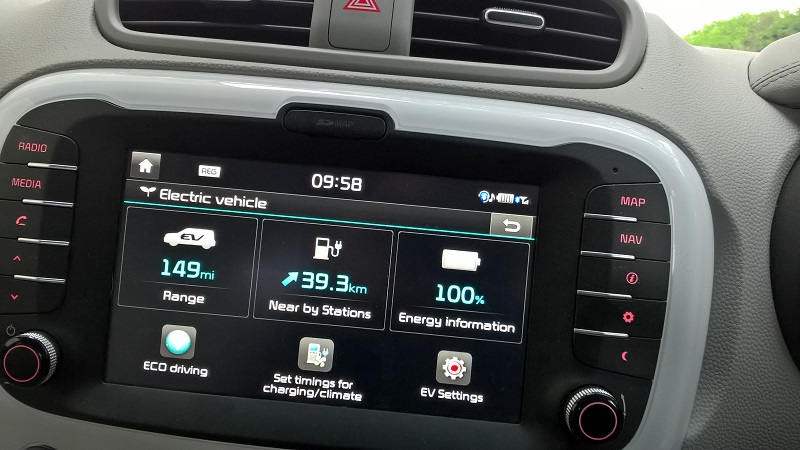MassDeduction
Well-known member
- Joined
- Feb 25, 2020
- Messages
- 135
It's easy to get lists of battery best practices, things such as wait 90 minutes before putting it on charge, not charging it above 80%, storing it near 50%, etc. But they rarely address the fact that some suggestions can be mutually exclusive. For example, if you finish a trip at 25% charge, you're well below the ideal charge to store the car at, but if you immediately put it on charge then you're not giving the battery any time to cool down beforehand.
My normal inclination is to wait 90 minutes, then charge the battery up to only 50%, then set a timer to get it up to 80% right before the next trip. But different battery chemistries benefit more, or less, from the "cool down" period before going on charge. And temperature makes a different too, so I suppose it can depend.
Thoughts on whether someone living in a mild climate with a 2016 Kia Soul EV would benefit more from a 90 minute cool down before any charging, or would benefit more from immediately charging back up to 50%?
My normal inclination is to wait 90 minutes, then charge the battery up to only 50%, then set a timer to get it up to 80% right before the next trip. But different battery chemistries benefit more, or less, from the "cool down" period before going on charge. And temperature makes a different too, so I suppose it can depend.
Thoughts on whether someone living in a mild climate with a 2016 Kia Soul EV would benefit more from a 90 minute cool down before any charging, or would benefit more from immediately charging back up to 50%?














